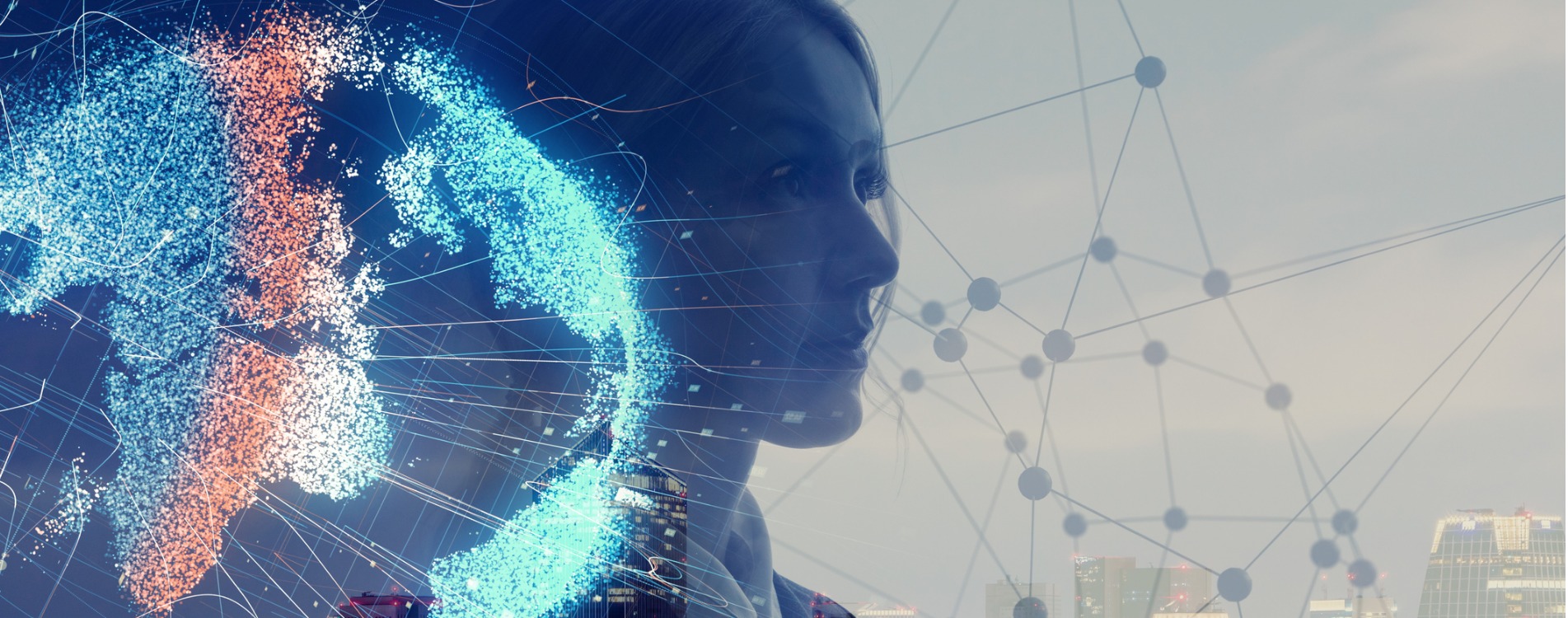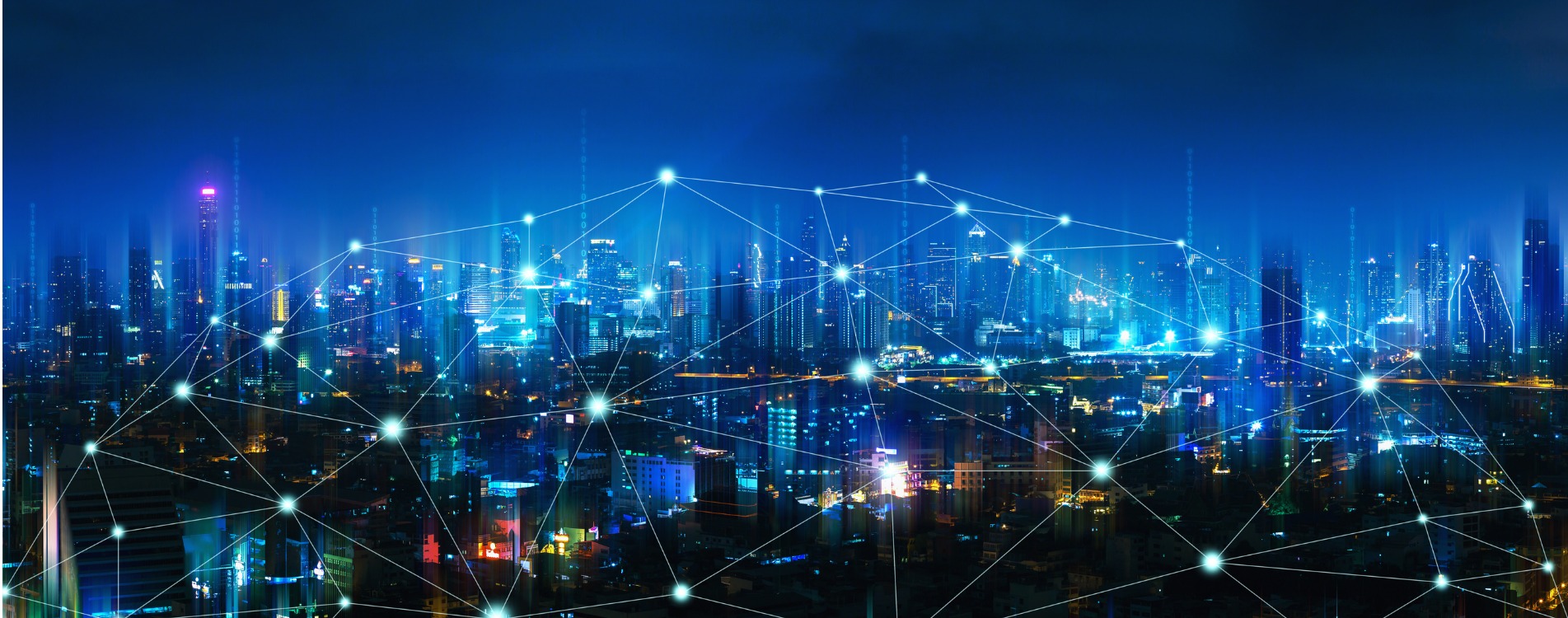Big Data, Big Data Analytics, Decision-making, AI and Applications
Taiyuan, China
October 17-18, 2025
5G, Wireless Networks, Wireless Communications, and Mobile Computing
Taiyuan, China
October 17-18, 2025

Cyber, Internet of Things, Cloud Computing, Cyber Security and Privacy
Taiyuan, China
October 17-18, 2024
Coming out soon
<
Coming Soon
We're updating our conference information.
Check back soon for updates.



